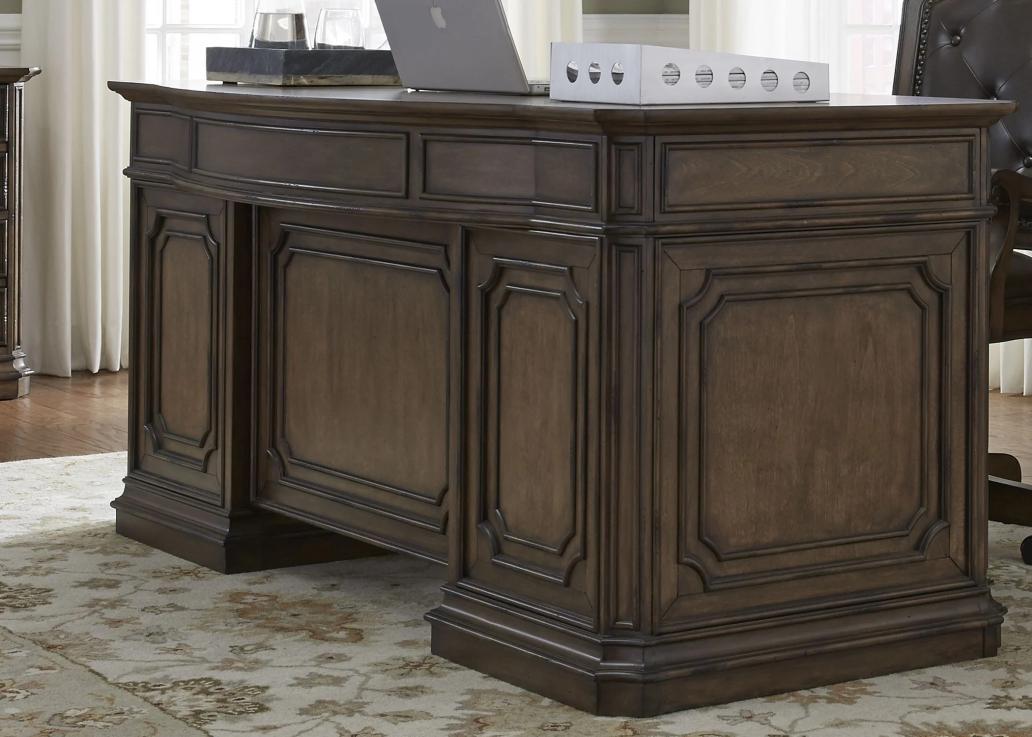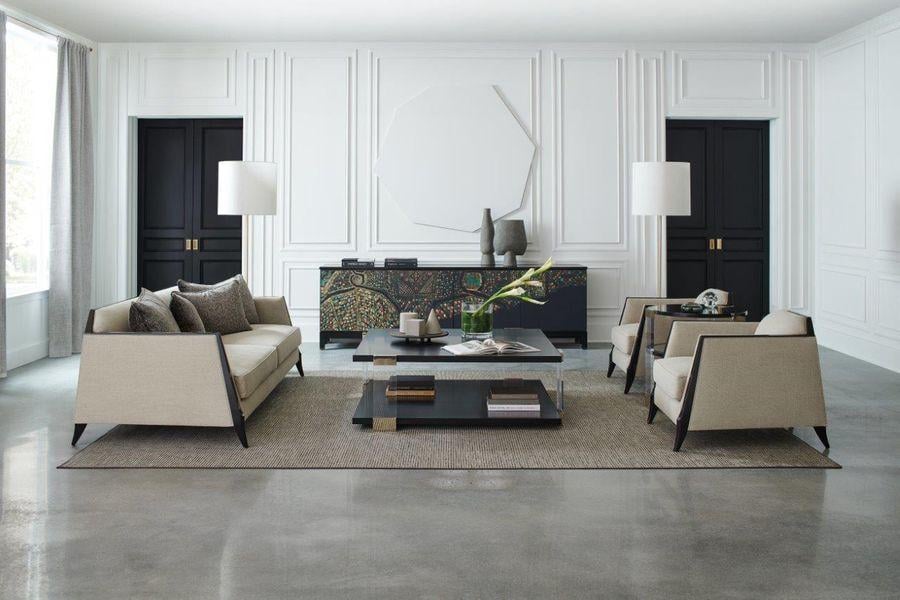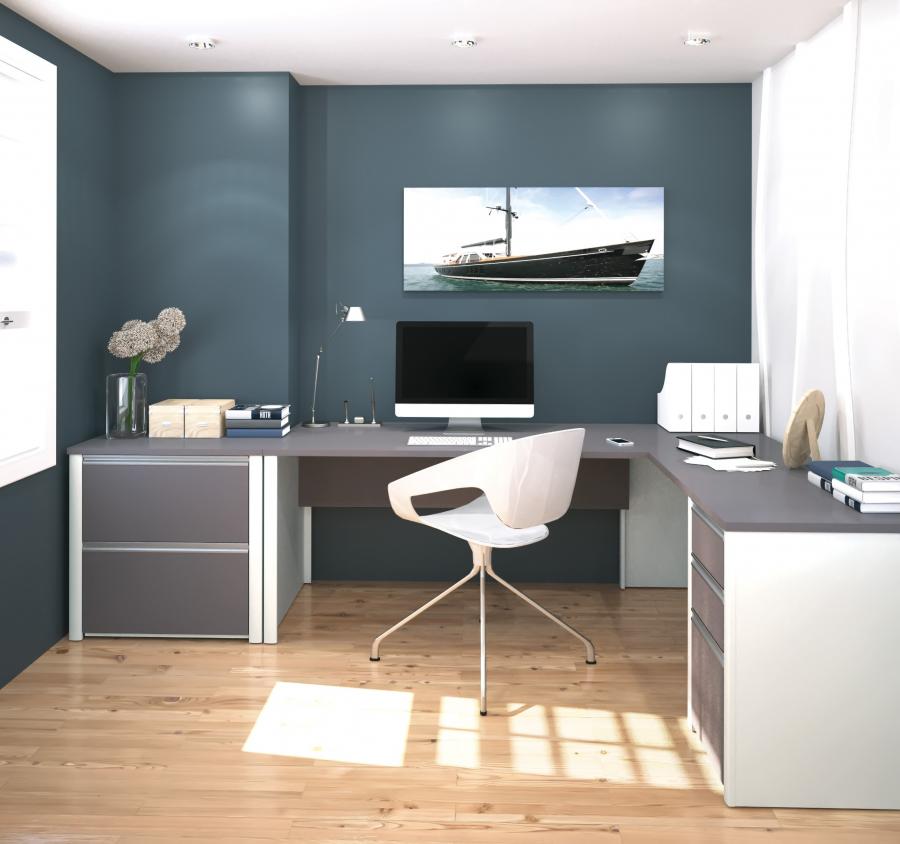
Choosing between engineered wood or solid wood for furniture is often a hassle for homeowners. It's often confusing which is which and their several characteristics, the pros and cons of each one.
Solid wood is often considered more sturdy and durable than engineered wood. However, there are times when you have to be environmentally conscious and weigh the pros and cons that abound between using solid or engineered wood before finalizing a decision. Engineered wood is also quite affordable, which also happens to make it the most favorable.
And it brings us to the main question, engineered wood vs. solid wood furniture, which is the most suitable option? This question can't be answered without knowing the several advantages and disadvantages that abound and deciding the best option for you.
What is Solid Wood?
Solid wood, as its name implies, is a natural product obtained through cutting down trees. Pieces of furniture traditionally made and handcrafted when wood was readily available have been a major part of homes for ages.
Solid wood has two major varieties, which are hardwood and softwood. Hardwood includes maple, oak, rosewood, and teak, while softwood includes white cedar, rubber wood, and pine.
Solid wood is produced from slabs, which are obtained by cutting down mature and fully grown trees. They often differ in thickness, texture, and color. The furniture made with solid wood has beautiful natural grains, so there aren't two surfaces alike.
Pros of Solid Wood
- Solid wood furniture is made of entirely natural grains, which makes it possible for no two surfaces to look alike.
- Can be easily shaped and carved and would also feature inlays that'll aid its natural beauty.
- Strong and durable. Solid Wood Furniture can last for ages and be passed from one generation to the next.
- Can be easily repaired once damage occurs.
- Has several varieties available.
- Doesn't need adhesives or fillers.
- Easily maintainable and doesn't require regular care.
Cons of Solid Wood
- Non-environmentally friendly resource.
- Cannot withstand regular moisture and other weather conditions.
- Gets stained easily.
- More expensive based on the wood type.
- Can get affected by termite infections.
- Often heavier, which makes it difficult to move around.
What is Engineered Wood?
Engineered wood became a variety when natural wood became scarce, and obtaining solid wood became a hassle. Several varieties of engineered wood started rising to substitute solid wood that wasn't available.
The most common forms of engineered wood used in furniture-making are particleboards, High-Density Fireboard(HDF), Medium Density Fireboard (MDF), Plywood, and veneered boards. Engineered wood is more cost-effective and environmentally sustainable than solid wood, a non-renewable product.
Engineered wood is formed through binding particles, strands, veneers, thin wood boards, or veneers with adhesives to make several products, such as fibreboards, plywood, and many others.
Pros of Engineered Wood
- Engineered wood is cost-effective and a great choice for those with a budget.
- It is an environmentally friendly choice since it recycles particles of wood.
- The adhesive used to make engineered wood often serves as a termite repellent.
- Engineered wood is lightweight and can be easily moved around.
- It's easy to clean and maintain due to its water-resistant capabilities.
Cons of Engineered Wood
- Regular exposure to sunlight can lead to warping of some of the materials used in production.
- Engineered wood isn't easily repaired and is often in need of a replacement.
- To avoid damaging it, you need to take extra care when using engineered wood.
- It's available in a lesser variety than solid wood.
- Some of the chemicals used during manufacturing can be harmful to your health.
- Engineered wood is not aesthetically pleasing as solid wood because of the presence of wood strips rather than the natural, clean look of solid wood.
- Low-density engineered wood is susceptible to getting broken easily.
Final Thoughts
Now that you know the differences, pros and cons of using solid or engineered wood. It's now easier for you to make a choice. If you're looking for durability and aesthetics, solid wood would be the perfect choice for you.
But engineered wood is the best option if you're looking for something eco-friendly and cost-effective. The choice of wood to be used mainly depends on the homeowner's choice, budget, weather conditions, and space. You can also choose a mix of materials to match your preferred style while staying within the budget.
Frequently Asked Questions
Is engineered wood as strong as solid wood?
Solid wood can satisfy all your furniture needs and can last for generations. If engineered wood is exposed to sunlight, some materials used in production can warp. Engineered wood can also get delaminated or chipped if not used properly. Engineered wood can't do the same.
Which type of wood is best for furniture?
Solid wood remains the best option for furniture. It is more aesthetically pleasing than engineered wood and is more durable. Engineered wood can get damaged easily, and it can be repaired easily. It always needs to be replaced. However, the best choice of wood for furniture depends on your environment and budget.
What are the disadvantages of engineered wood?
Engineered wood cannot be repaired easily and often needs to be replaced. The chemical often used in production can harm human health. It also can't be used for outdoor purposes because it tends to warp due to exposure to sunlight. It's also available in a lesser variety than solid wood.


































